Patrick Diedrich
Residence: Hancock, Upper Michigan
Occupation: Writer and amateur blade/blacksmith

Patrick's EDC Gear
What is your general approach/philosophy for everyday carry tools? What do you see as the most likely threats/issues you might deal with in your daily routine, and what items are necessary to address these issues?
If I were to sum up my approach to EDC, it would be “versatile redundancy.” Every item carried should have more than one function and should complement each other. Since I live in a remote area, finding myself stranded due to unforeseen circumstances is a very real possibility. So, being able to signal for help, create a fire for warmth, or improvise my way to safety governs what I leave the house with.
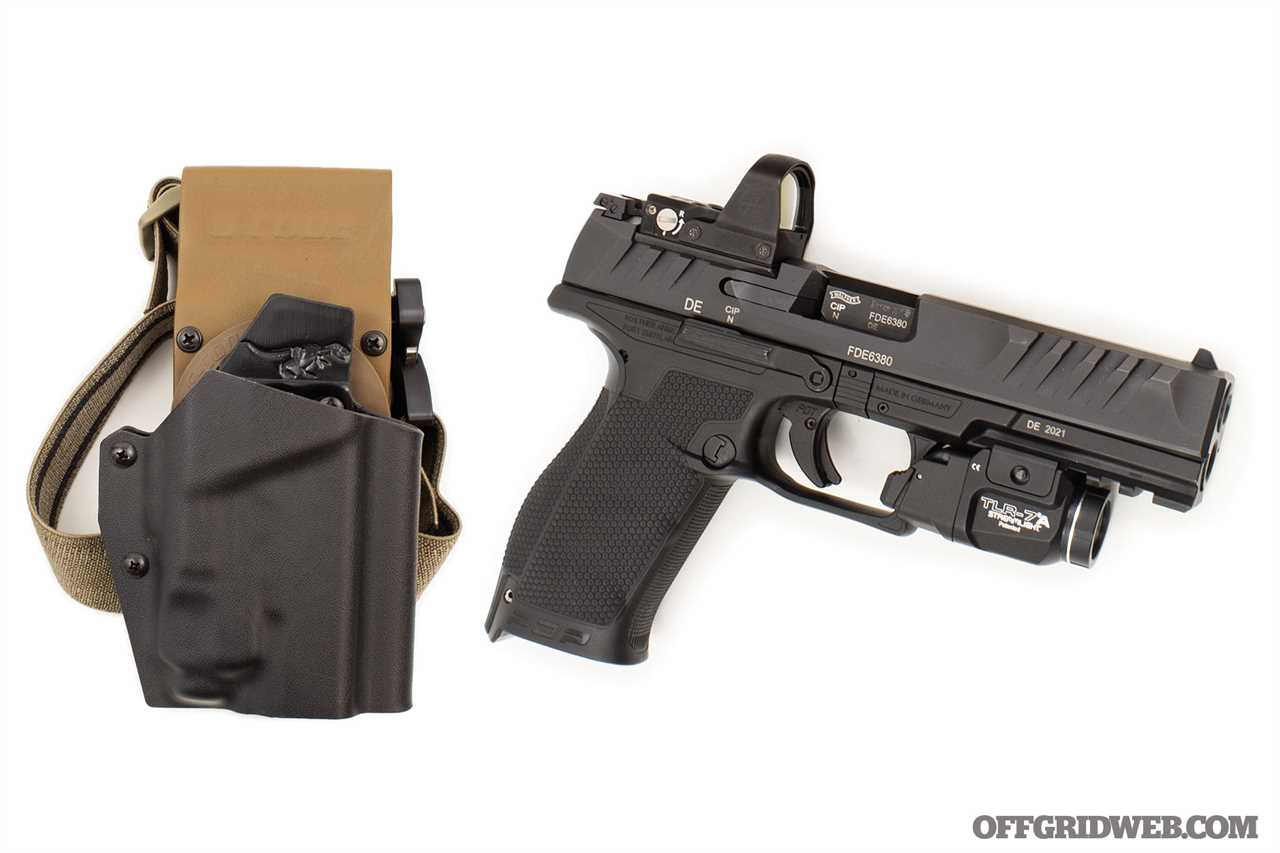
Above: The Walther PDP is simple, reliable, affordable, and offers 18+1 rounds on tap in the full-size frame seen here.
In my region, crime is low, so I usually do not feel the need to carry a firearm. The exception is when I purposefully head into the wilderness to recreate or hunt, where there are large predatory mammals that do pose a potential danger. A Walther PDP accompanies me in a G-Code Optimal Drop RTI rig via a Kydex holster from T-Rex Arms. The PDP is fitted with a Leupold DeltaPoint Pro and a Streamlight TLR-7 light.
Please outline the gear you carry on a daily basis. Include specific brands/models, and why you chose each.
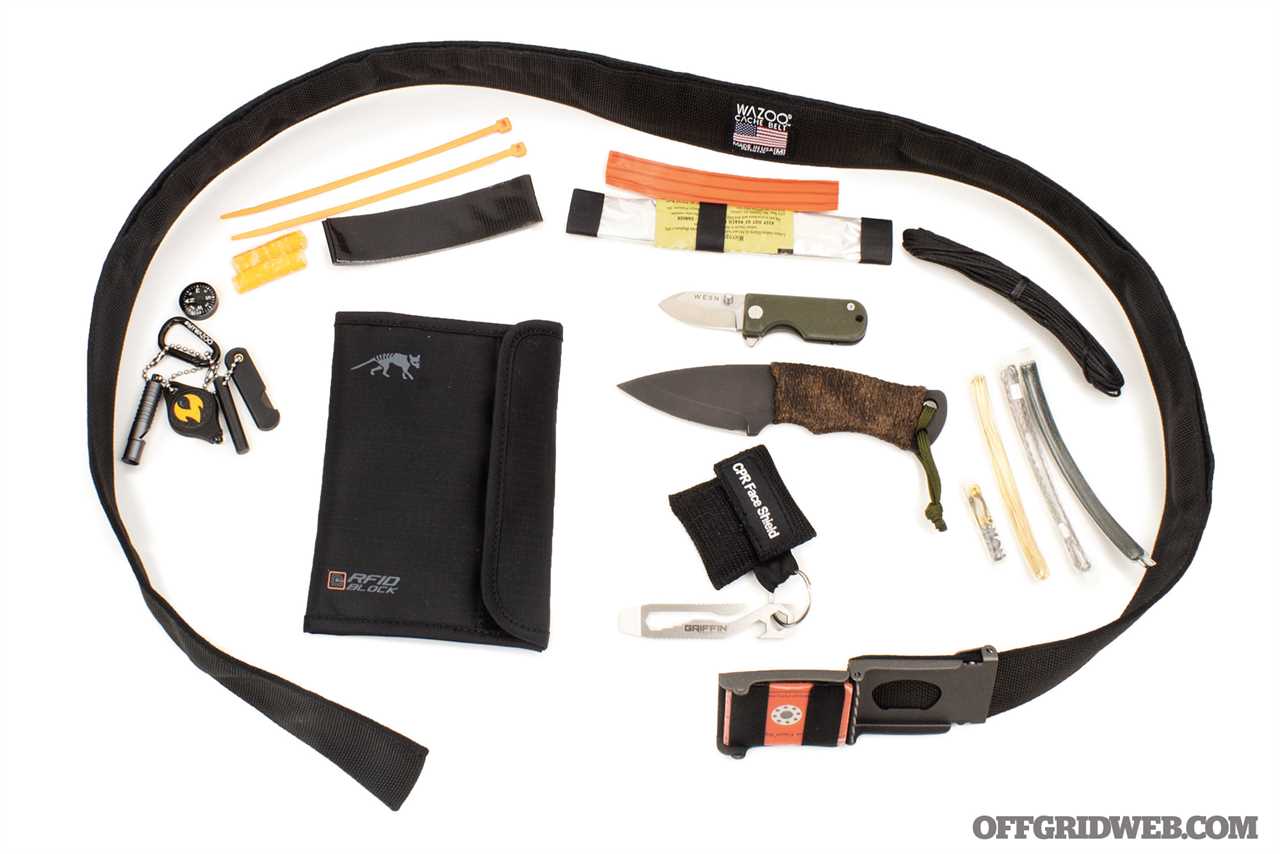
Having a well-made knife is a crucial part of my EDC. If I am out and about in town, I like to bring the WESN Micro Blade. If I am spending time in the great outdoors, I like to have a multi-tool as well as a fixed blade like the Corvus Survival Carrion. My key ring has become part of my EDC kit, and includes a Griffin pocket tool, as well as a CPR face shield in case I find myself needing to give life-saving support to someone.
I almost never leave without a Wazoo Cache belt. The belt is packed with the Wazoo Adventure Kit, which provides 23 tools including several tools for fire-starting and water purification, a button compass, high-quality cordage and wire, a fishing kit, a whistle, and a signal mirror. If I’m on the road for a few days, I’ll put some extra cash in the belt. The Tasmanian Tiger wallet shields the chips in my debit card, driver’s license, and passport from being scanned and exploited remotely.
What is one underrated piece of EDC gear that more people should strongly consider carrying, if they don’t already?
There are two things that I think are always overlooked. One is a dedicated light source. Having a light has been useful on so many occasions. The Wazoo button light doesn’t have the bulk or awkwardness of larger lights and can be stored in the cache belt or put on a key ring. It comes in handy when rummaging through bags when it’s dark out, looking for items that were dropped in between seats, and can be used to attract attention as an emergency signal or as a light source for night tracking. The other thing that’s overlooked, and should be a part of everyone’s EDC, is physical fitness. All the gear in the world is never going to help if you do not have the physical strength or endurance to make it through a tough situation.
What was the most recent change you made to your EDC kit?
Last year, I had the pleasure of meeting survival expert Jerry Saunders of Corvus Survival. When we were talking about his EDC, it turns out that he also uses a Wazoo cache belt as well, and he mentioned lock picks. I had a lightbulb moment when I heard this, because if I lost my keys, needed to get into a building for shelter, or needed to open a medicine cabinet in an emergency, a set of lock picks would be extremely helpful. This led me to a company called Serepick. They have an array of picks to choose from, and even a see-through tumbler lock that you can practice with. At present, I am only mildly proficient, but my skills are improving. The set of picks I have fits easily in the cache belt along with everything else.
Patrick's Go Bag
Which make/model of bag did you choose, and why?
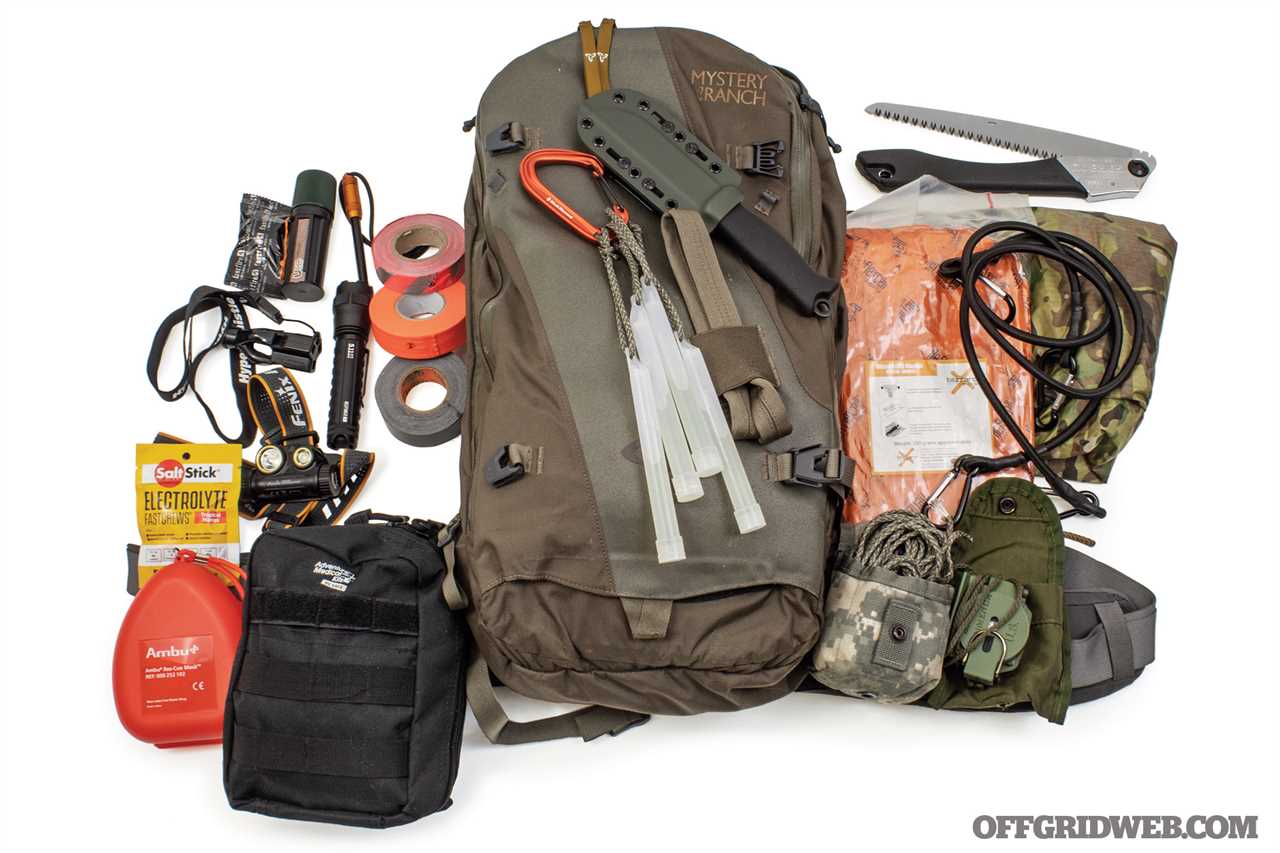
Mystery Ranch makes a line of bags designed for cold weather environments in various volumes, but I use the Saddle Peak. Where I live, it seems like nine months of the year is nothing but cold temperatures and snow, and the Saddle Peak was designed to keep zippers from icing shut and the material from degrading due to frozen temperatures. The front pouch was specifically designed to house an avalanche kit. It also has straps on the outside for snow mobility tools like skis, snowboards, and snowshoes. Initially, I used it as a cold weather emergency bag, but it has evolved into my search and rescue (SAR) 24-hour Ready Pack, and I always have it prepped and handy.
Where is this bag staged (or carried) and what specific purpose does it fulfill in your daily preparedness plan?
The bag is always ready to go and sitting close to my front door. Normally, if I am called to a SAR operation, the only additional item I add is a freshly filled 3L CamelBak. When I return, I make it a priority to clean and restock what was used so that everything is ready again. Besides being a really useful SAR pack, it also makes a great bug-out bag, because it has everything I would need to sustain a small group for a few days. Also, if I know I’ll be driving in inclement weather, I can toss it in the back of the truck in case of an emergency on the road.
Please outline some of the most important items you have in this bag, to include brands/models where possible. Discuss why you chose these items and how they complement and expand upon your EDC gear.
I usually adapt it based on the season and how long I expect to be wearing it. For example, if I think I’ll be responding to a SAR operation that could last days, I will pack a camp stove, mess kit, and extra food. I may even bring a second bag with extra clothing to change and restock during the event. But, typically, it’s just this one pack with as little as I can get away with. There are some who claim that a 24-hour pack should be at least 35 to 45 liters, but by keeping it around 25L, I force myself to pack only what’s necessary and useful. Even so, when this pack is filled to the max, it can still weigh a little over 30 pounds.
During the winter months, the front pouch contains a Black Diamond avalanche kit with a collapsible snow shovel and probe. In the main compartment, I have:
There is a smaller compartment on top where I keep a Fenix Raptor headlamp, a 5.11 Response flashlight, and extra high-visibility marking tape. In winter months, I also keep Oakley ski goggles and a neck gaiter in this pouch. On the hip straps, I keep an extra compass, a MOLLE pouch with 50 feet of 550 cord, an IFAK, and a Survivor Filter Nalgene bottle if the windchill threatens to freeze the tube on my CamelBak. Lastly, on the shoulder straps, I hook several chemlights for trail marking or signaling, and a Varusteleka Terava Jaakaripuukko 110 knife.
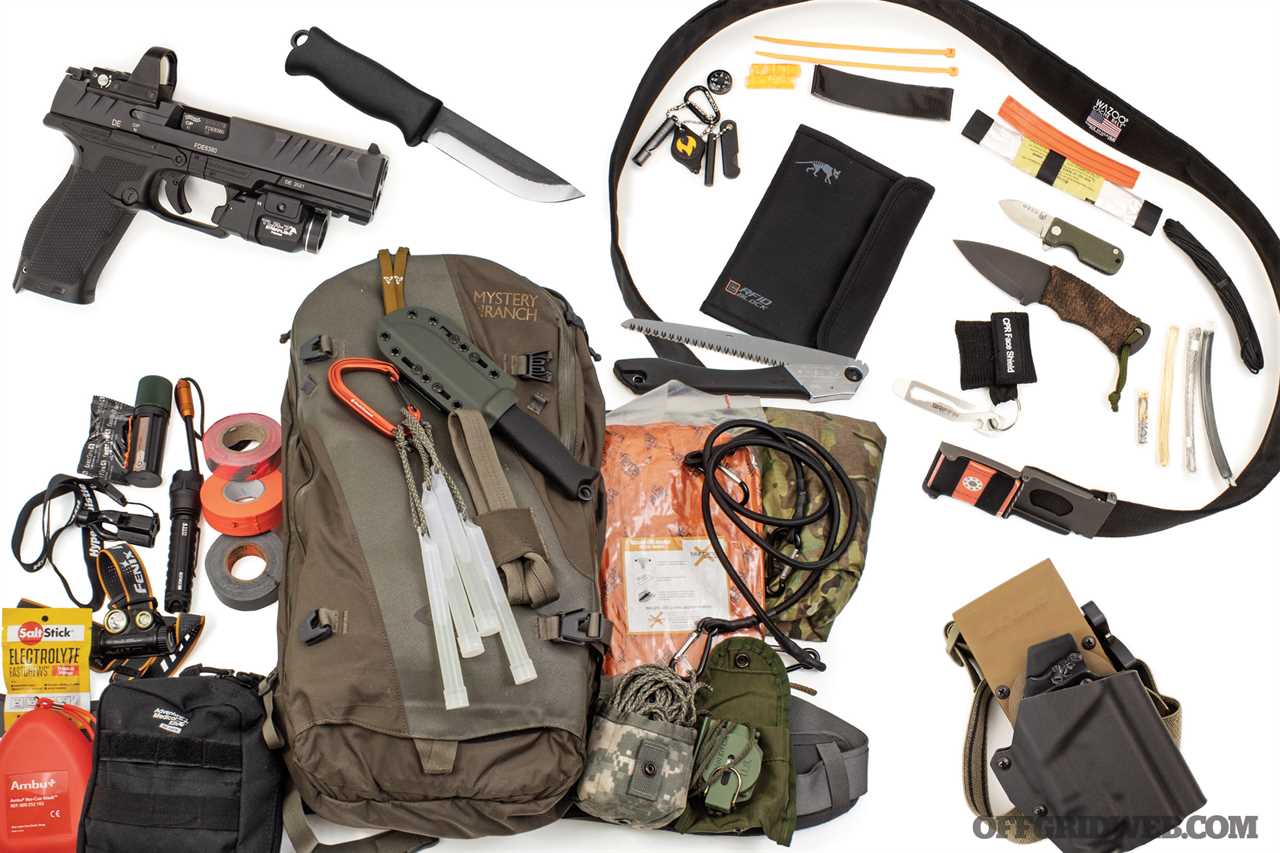
What is one extra item you’ve considered including in this bag? Briefly explain why you haven’t added it yet (space, weight, cost, likelihood it’ll be needed, etc.).
Since this bag is quite minimalistic for what it’s used for, all the gear prevents me from effectively storing a change of clothes, a more robust shelter, or room for extra layers if working in the cold starts generating too much sweat. I can strap extras to the outside, but there’s the risk that nature will claim whatever isn’t fastened securely enough. My hesitation to change to a pack with more volume comes from not wanting to fill that space with more stuff — which almost inevitably happens — and creating a pack that weighs more. I like to stay light on my feet so as not expend valuable calories as a pack-mule and being able to burn the energy when it matters.
Related Posts
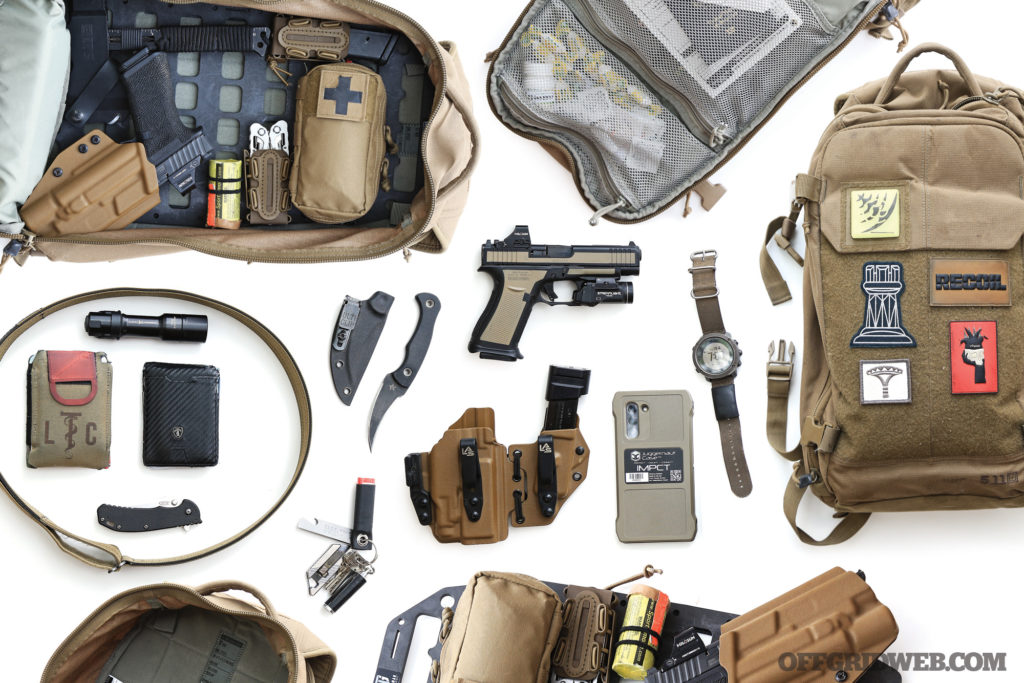
Preps of the Pros: OFFGRID Editor Tom Marshall's EDC Gear & Go BagDefend, Move, Communicate, Medicate — your EDC gear should enable you to protect yourself, navigate, call for help, and treat injuries.
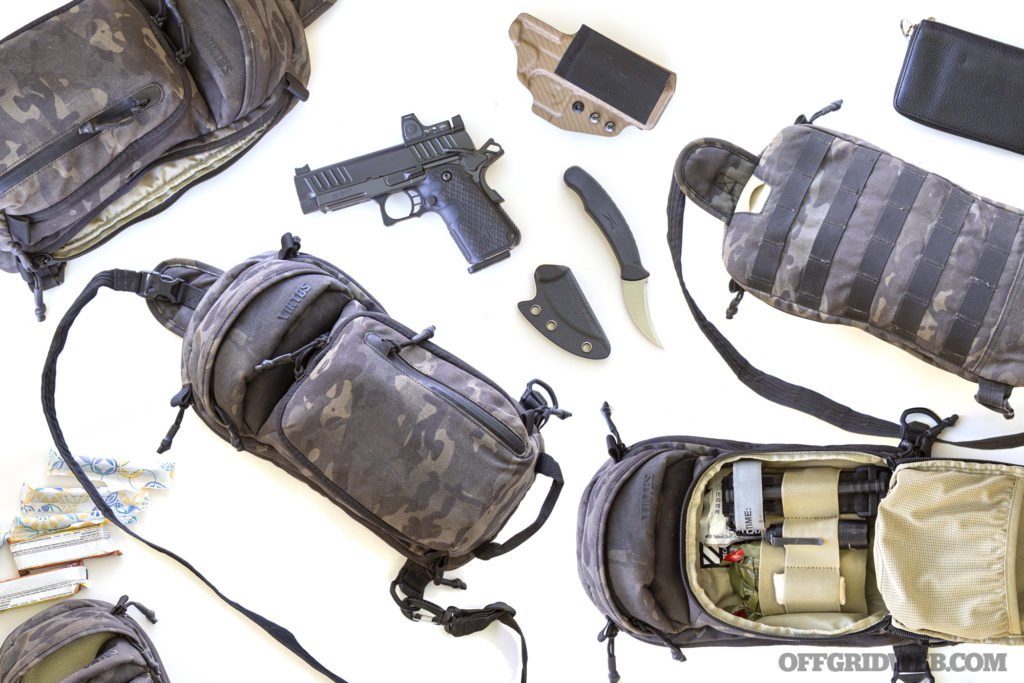
Bag Drop: Viktos Upscale 2 Urban EDC Sling BagThis Viktos Upscale 2 sling bag belongs to one of our female freelance photographers, who wears it instead of carrying a traditional purse.
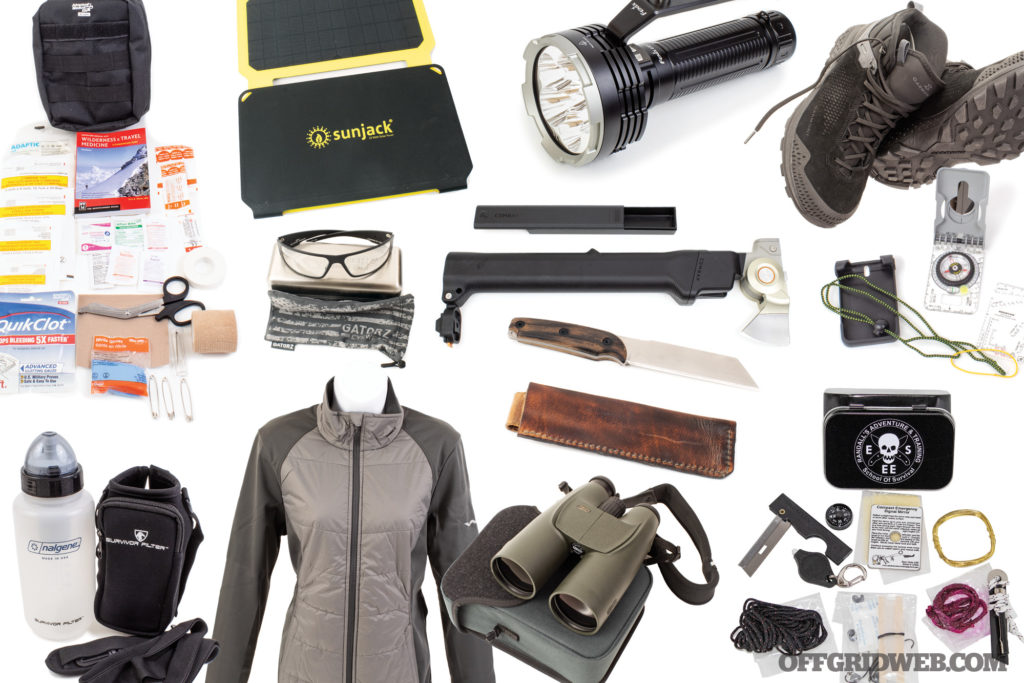
Gear Up: New Survival Gear for June 2022We take a look at some of the latest survival gear from Adventure Medical Kits, Gatorz, Survivor Filter, Meopta, Wiley X, and more.
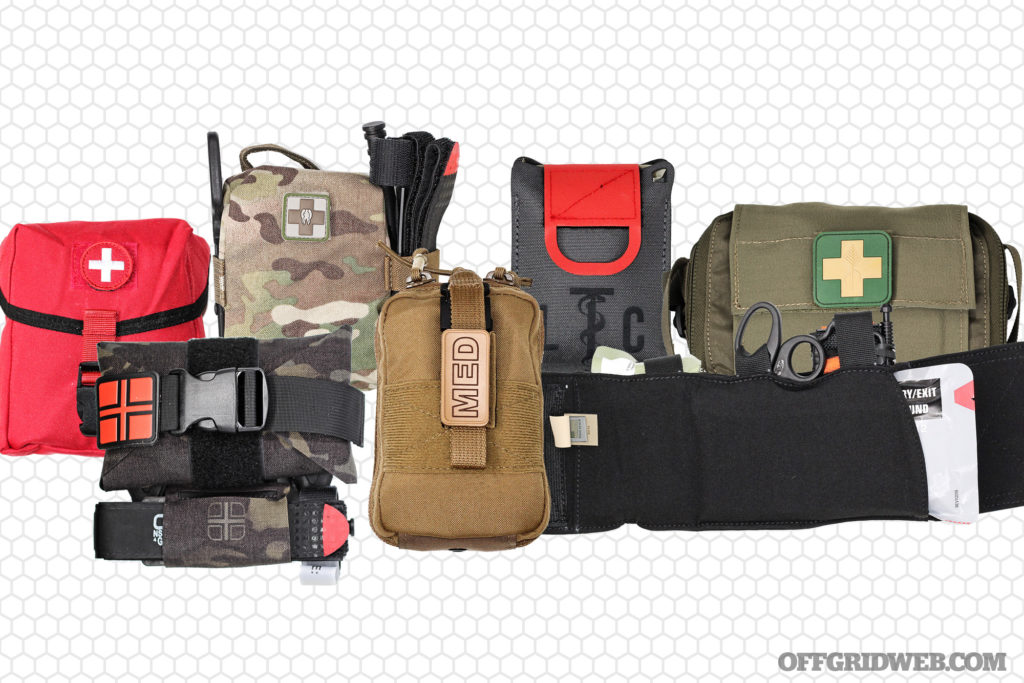
Pocket Preps: IFAKs for Everyday CarryThe IFAK (Individual First-Aid Kit) has been a standard military item for generations and has become common with other first responders.
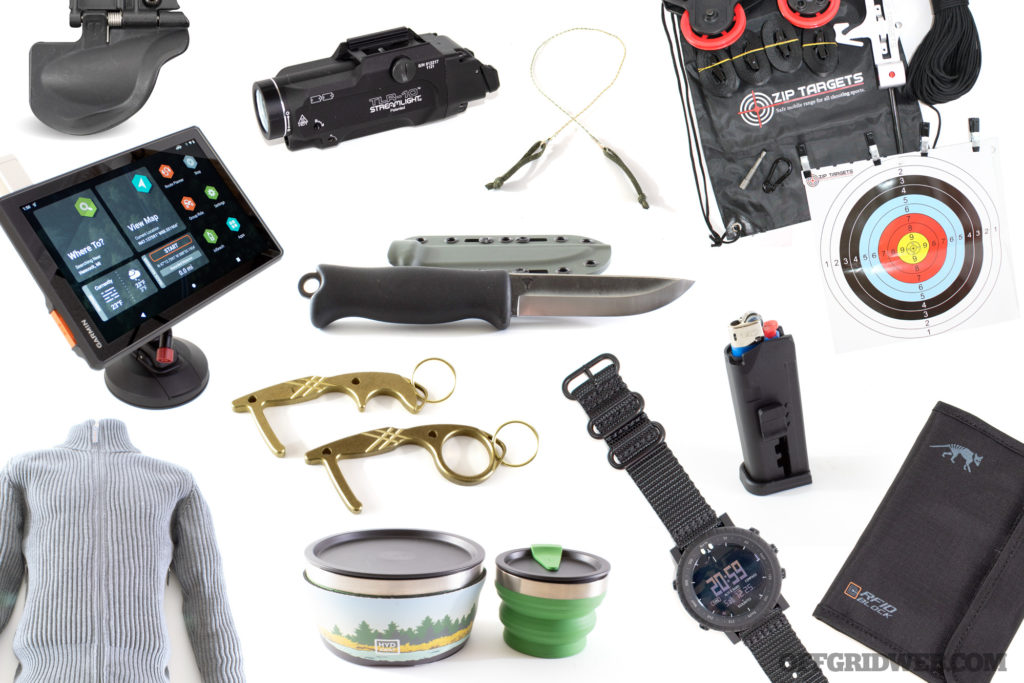
Gear Up: New Survival Gear for May 2022We take a look at some of the latest survival gear from Suunto, G-Code, Garmin, Streamlight, Varusteleka, Strike Industries, and more.
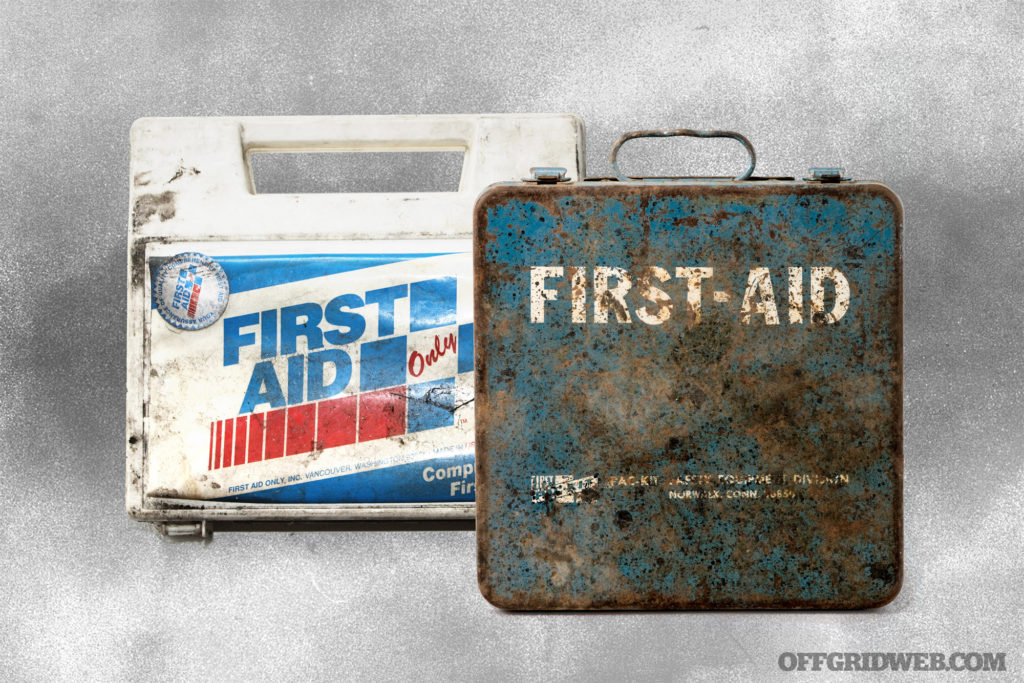
How Outdated is Your First Aid Kit?If you put together a trauma medical kit or individual first aid kit (IFAK) several years ago, it may be outdated or expired.
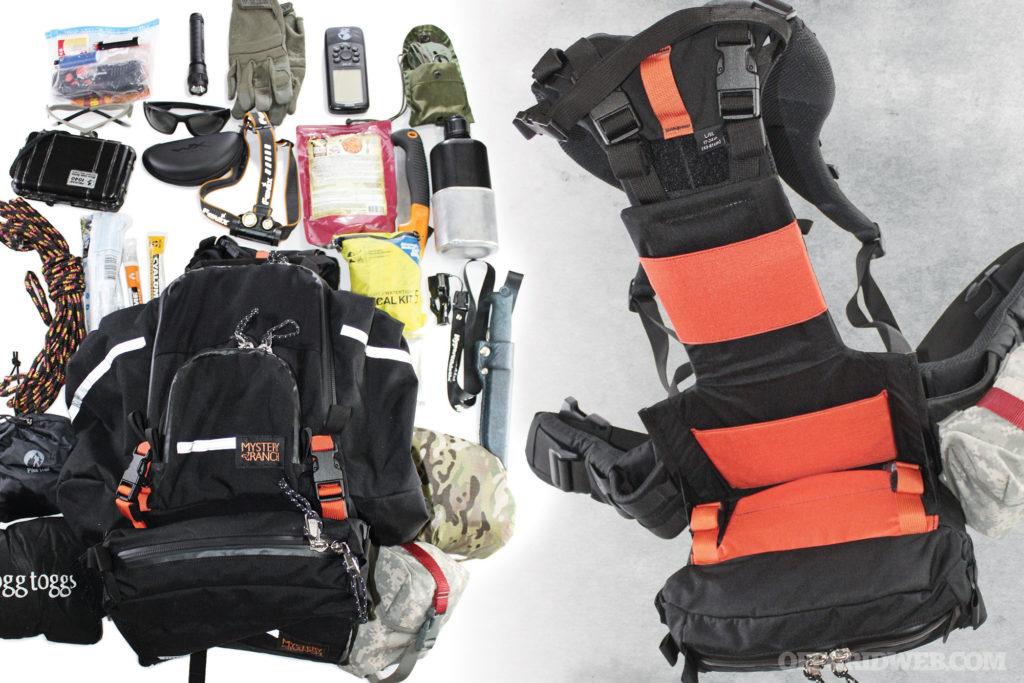
Bag Drop: Mystery Ranch Shift Plus 900 Modular BackpackWorking as a forester and volunteering for search-and-rescue incidents is demanding. The Mystery Ranch Shift Plus 900 is perfect for those tasks.
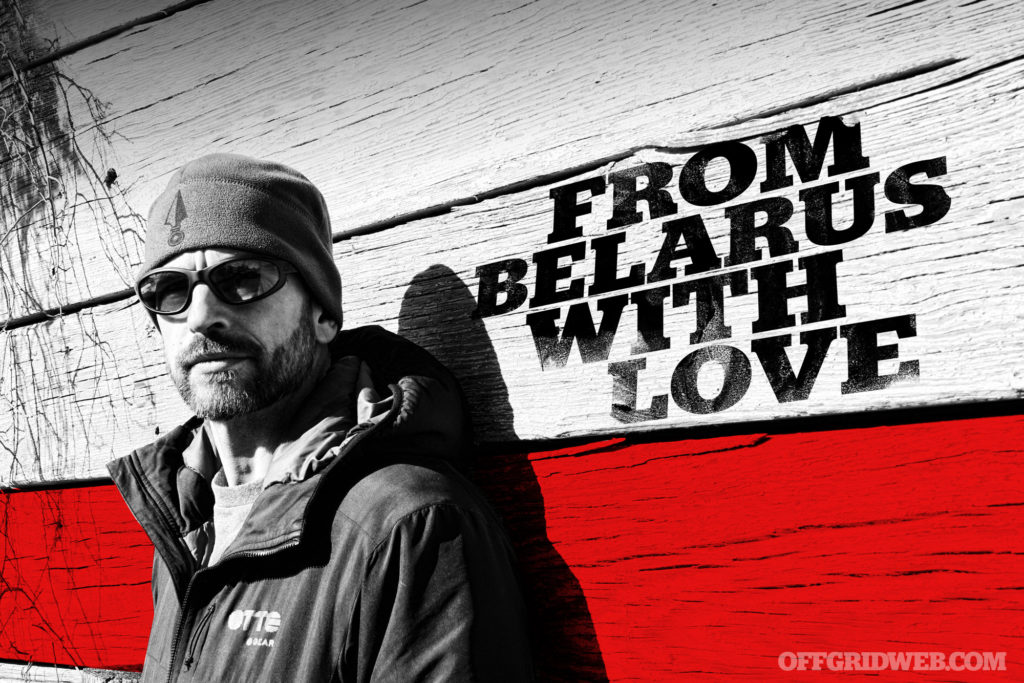
Lessons from a Soviet Union Collapse & Chernobyl SurvivorAfter living through the collapse of the Soviet Union and the fallout of Chernobyl, Greg Mihovich understands the value of preparedness.
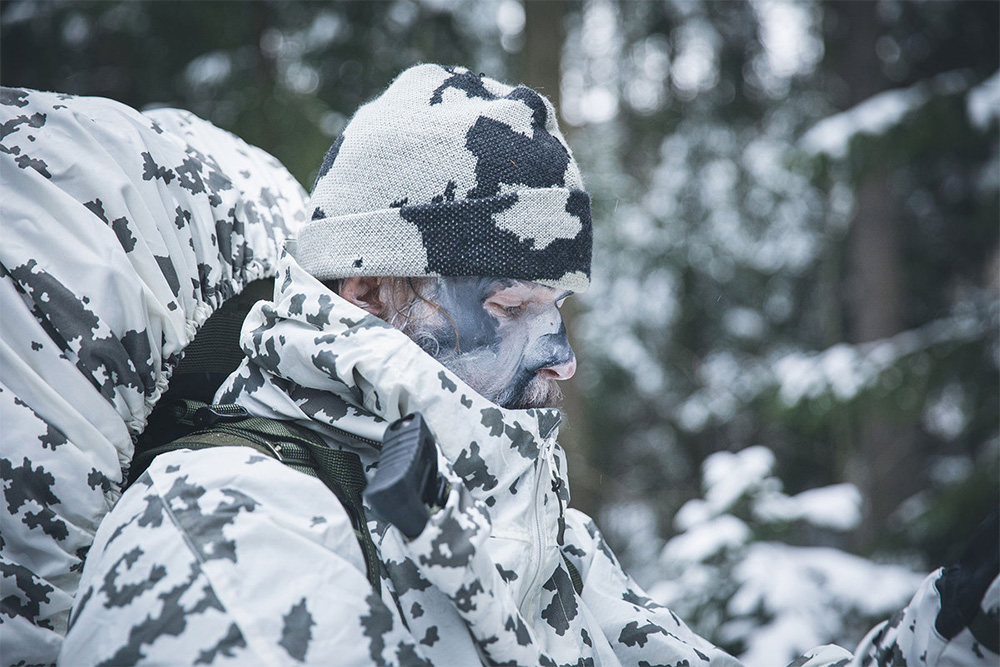
Snow Camouflage Tips from Cold-Weather ExpertsThe team at Varusteleka are perfectly comfortable hiking and shooting in extreme cold. Read on as we share some of their snow camouflage tips.
The post Preps of the Pros: Contributing Writer Patrick Diedrich’s EDC Gear & Go Bag appeared first on RECOIL OFFGRID.
By: Offgrid Staff
Title: Preps of the Pros: Contributing Writer Patrick Diedrich’s EDC Gear & Go Bag
Sourced From: www.offgridweb.com/gear/preps-of-the-pros-contributing-writer-patrick-diedrichs-edc-gear-go-bag/
Published Date: Thu, 28 Jul 2022 17:00:39 +0000
------------------------
Did you miss our previous article...
https://bushcrafttips.com/bushcraft-news/26-best-of-the-best-fixed-blade-knives
 What is BushcraftSurvival SkillsToolsVideosBushcraft CampsBushcraft KitsBushcraft ProjectsPrivacy PolicyTerms And Conditions
What is BushcraftSurvival SkillsToolsVideosBushcraft CampsBushcraft KitsBushcraft ProjectsPrivacy PolicyTerms And Conditions
